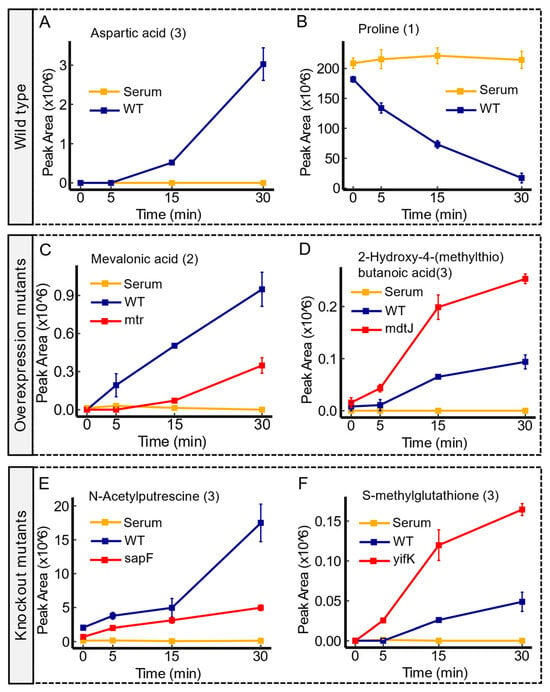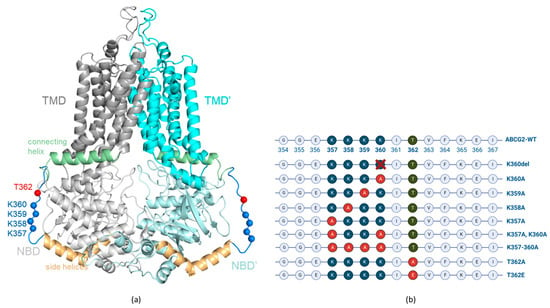Feature Papers in Biological Membrane Functions
A topical collection in Membranes (ISSN 2077-0375). This collection belongs to the section "Biological Membrane Functions".
Viewed by 3515Editors
Interests: breast cancers; targeted therapies; cell biology; endocytosis and trafficking; autophagy; electron microscopy; light microscopy; HER2/ERBB2 receptor; lysosomes
Special Issues, Collections and Topics in MDPI journals
Interests: ion channels; calcium channels; signal transduction; bioactive lipids; cannabinoids; sensory neurons; pain perception
Interests: ion channel; smooth muscle; gastrointestinal motility; apoptosis; interstitial cells of cajal
Topical Collection Information
Dear Colleagues,
The field of biological membrane functions encompasses a diverse array of processes that are crucial for the functioning of living organisms. This topical collection of papers delves into the intricate mechanisms and key players involved in various aspects of membrane biology in health and disease. From ion channels to membrane fusion, each topic sheds light on fundamental processes that govern cellular dynamics and signal transduction. The collection aims to provide a comprehensive overview of the latest research findings and perspectives in this rapidly evolving field.
We look forward to receiving your outstanding contributions.
Dr. Katia Cortese
Dr. Jean Chemin
Prof. Dr. Byung Joo Kim
Prof. Dr. Rebecca J. Green
Collection Editors
Manuscript Submission Information
Manuscripts should be submitted online at www.mdpi.com by registering and logging in to this website. Once you are registered, click here to go to the submission form. Manuscripts can be submitted until the deadline. All submissions that pass pre-check are peer-reviewed. Accepted papers will be published continuously in the journal (as soon as accepted) and will be listed together on the collection website. Research articles, review articles as well as short communications are invited. For planned papers, a title and short abstract (about 100 words) can be sent to the Editorial Office for announcement on this website.
Submitted manuscripts should not have been published previously, nor be under consideration for publication elsewhere (except conference proceedings papers). All manuscripts are thoroughly refereed through a single-blind peer-review process. A guide for authors and other relevant information for submission of manuscripts is available on the Instructions for Authors page. Membranes is an international peer-reviewed open access monthly journal published by MDPI.
Please visit the Instructions for Authors page before submitting a manuscript. The Article Processing Charge (APC) for publication in this open access journal is 2700 CHF (Swiss Francs). Submitted papers should be well formatted and use good English. Authors may use MDPI's English editing service prior to publication or during author revisions.
Keywords
- ion channels
- membrane transporters
- membrane permeability
- membrane trafficking processes
- signal transduction
- endocytosis
- autophagy
- membrane receptors
- protein–membrane interactions
- membrane fusion
- membrane remodeling












